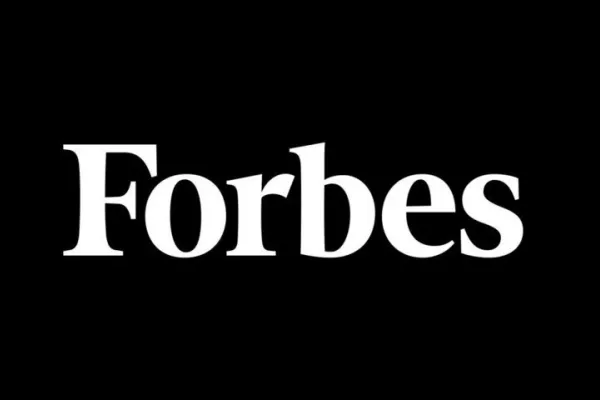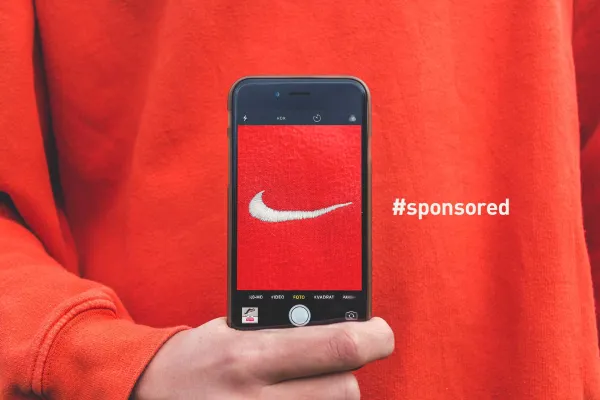 Details
Details
What are the key components to a successful mobile native ad? Which data should you rely on? How do you avoid the worst-case scenario for mobile ads?
Robert Wildner, VP of Media Operations at Glispa Global Group, a global mobile ad tech company, shared his advice on how to create a successful mobile native ad at Native Advertising DAYS 2016. Sign up for notifications about this year's conference here.
Below are highlights from the interview which have been slightly edited for clarity.
Never interrupt the user on mobile
"A native mobile ad is characterised through its non-intrusiveness. It blends in seamlessly with the content and the flow of the app. The difference between mobile and desktop regarding advertising is that mobile is a device which is carried around 24/7.
That's where native mobile advertisement can play a key role
People simply use mobile devices for everything when it comes to recording, taking pictures, communication, bank transfers etc. Usually, mobile devices are only being used by one individual whereas desktop is more like a shared device which is quite often being used by the whole family.
RELATED: Google: Native Advertising Is the Future of Mobile Advertising
So why is it important for advertising to be non-intrusive on the mobile device? Because you should never disrupt the user in this very private environment from what he's doing. And that's where native mobile advertisement can play a key role."
For a successful mobile native ad you basically need three components
The 3 components to a successful mobile native ad
"For a successful mobile native ad, you basically need three components. One is the design which is mainly defined by certain technical frameworks; a design which matches the colour and the font etc. of the rest of the app.
The second part is the timing; when to show a user an ad without disrupting him from the flow of the content consumption.
RELATED: 4 Indispensable Tactics for Mobile Native Advertising
And last but not least it's obviously data; to be able to show the user the right advertisement at the right time. So timing, design and data I would say are the three core components of non-intrusive native advertisement."
Avoid non-intentional clicks on mobile
"The worst thing that can happen is non-intentional clicks where a user doesn't really want to click on the advertisement but is interested in getting rid of the advertisement.
In the standard ad units or the interstitial the entire ad unit is clickable, so sometimes people just want to close or avoid the ad or start scrolling but unintentionally they hit the advertisement and end up on a play store or on a website where they technically didn't want to be.
RELATED: What Makes Mobile Native Ads Work: It’s About More Than Design
Since native advertisements are structured so that only certain areas of the advertisement is clickable, it's a good way to protect the advertisers from false clicks. In native advertisement, only the image and the call-to-action button is clickable whereas the rest is not, which is basically defined by the IAB standard terms."
The importance of the image
"Due to this standardisations, it's quite easy to run a native advertising campaign on mobile for the demand side. So an advertiser just needs to provide the respective supply-side, whether it's an exchange or an individual publisher, with certain elements for native advertisement.
An advertiser is well advised to spend some thoughts on the image they are providing for their campaign
So we're talking about an image in a specific aspect ratio, we're talking about an icon, we're talking about the call-to-action button and we're talking about the headline of the ad. And that's about it. Obviously, the image plays a significant role, so an advertiser is well advised to spend some thoughts on what kind of image they are providing for their campaign."
Only use first-party data
"Data is a question of technical capabilities of the supply side, so there are solutions out there which are collecting data, profiling the users into certain segments.
Facebook is probably the best example. Facebook has simply so much information about users and very valuable information since users provide Facebook with information that Facebook doesn't need to extract from the user which is a core difference in terms of data quality.
Obviously, the advertiser needs to try to understand how the data is being gathered; are we talking about first-party data? Are we talking about third-party data? So if an advertiser wants to spend budgets using data he should ensure that he's only talking about first-party data and not data which has been used already or coming from third-party data platforms."
Want more tips insights on native advertising? Sign up for the Native Advertising Institute Newsletter
Interview by: Pernille Uhd Kristiansen


